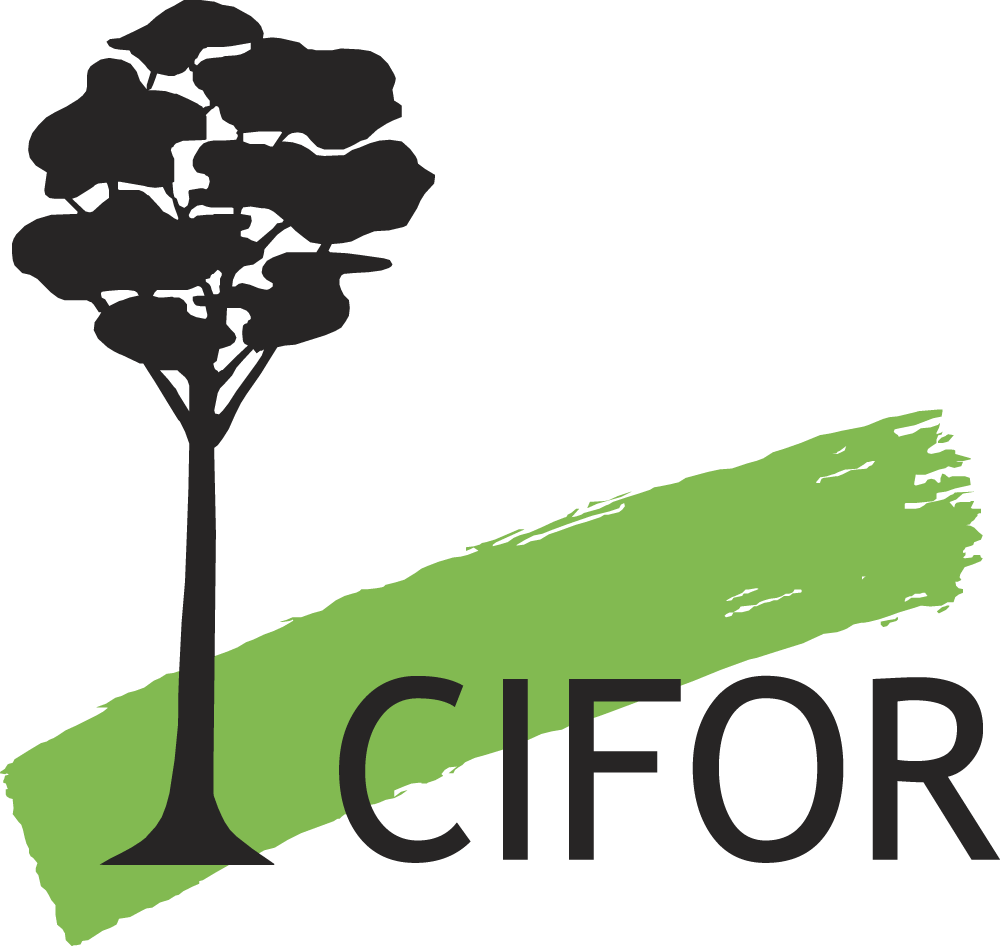Focal point
Location
The Center for International Forestry Research (CIFOR) is a non-profit, scientific facility that conducts research on the most pressing challenges of forest and landscapes management around the world. With our global, multidisciplinary approach, we aim to improve human well-being, protect the environment, and increase equity. To do so, we help policymakers, practitioners and communities make decisions based on solid science about how they use and manage their forests and landscapes.
Capacity building, collaboration and partnerships are essential to finding and implementing innovative solutions to the challenges that the globe faces. We are proud to work with local and international partners. We are a member of the CGIAR Consortium and lead the CGIAR Research Program on Forests, Trees and Agroforestry.
Our headquarters are in Bogor, Indonesia. We have offices in 8 countries across Asia, Latin America and Africa, and we work in more than 30 countries. Contact us for more information.
Resources
Displaying 701 - 705 of 808Quem é mais importante? A avaliação do bem-estar humano no manejo florestal sustentável
Who counts most? Assessing human well being in sustainable forest management presents a tool, 'the Who Counts Matrix', for differentiating 'forest actors', or people whose well-being and forest management are intimately intertwined, from other stakeholders. The authors argue for focusing formal attention on forest actors in efforts to develop sustainable forest management.
Panduan untuk menerapkan analisa multikriteria dalam menilai kriteria dan indikator
Multi-Criteria Analysis (MCA) is a decision-making tool developed for complex problems. In a situation where multiple criteria are involved confusion can arise if a logical, well-structured decision-making process is not followed. Another difficulty in decision-making is that reaching a general consensus in a multidisciplinary team can be very difficult to achieve. By using MCA members do not have to agree on the relative importance of the criteria or the rankings of the alternatives.
Panduan pendamping penilaian dasar kesejahteraan manusia
The Grab Bag' is designed to complement 'the BAG' and for use by social scientists who may find 'the BAG' overly prescriptive. The eight methods presented are either more difficult for non-social scientists to use or, in a couple of cases, can substitute for one or more method presented in 'the BAG'. 'The Scoring and Analysis Guide' provides the user with help in making an actual assessment of the social C&I, based on the results of these methods.



